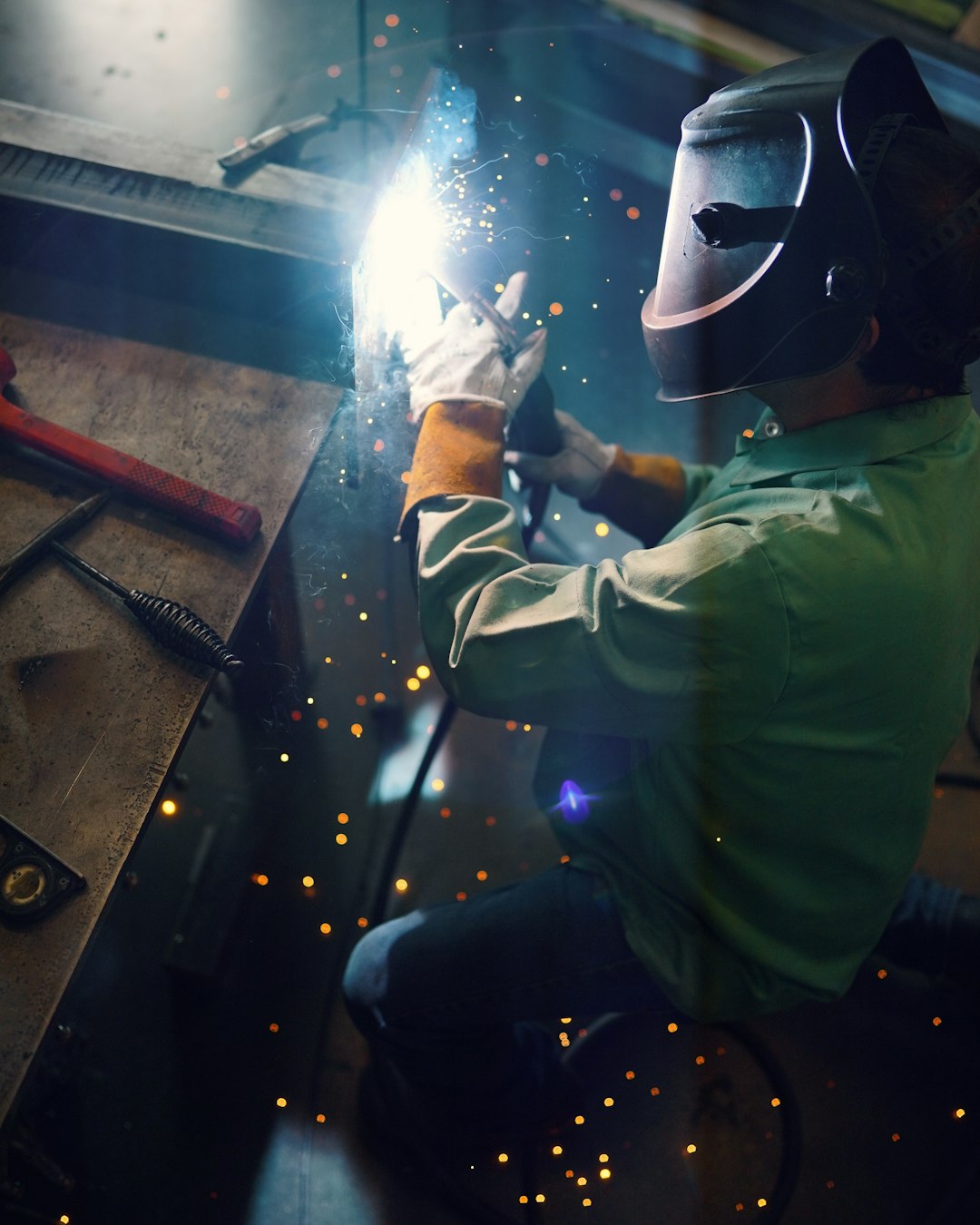
Steel is one of the most versatile and durable materials used in construction and manufacturing. From skyscrapers to bridges, steel has played a crucial role in shaping our modern world. However, before steel can be used in construction projects, it must go through a process called fabrication. In this article, we will take a closer look at steel fabricators and what you need to know about their work.
What is Steel Fabrication?
Steel fabrication is the process of transforming raw steel into a final product that can be used in construction or manufacturing. This involves various steps, such as cutting, bending, welding, and assembling steel components. Steel fabricators are the professionals who specialize in these processes and have the skills and equipment necessary to work with steel.
Types of Steel Fabricators
There are different types of steel fabricators, each specializing in a particular area of steel fabrication. Here are some of the most common types of steel fabricators you may come across:
1. Structural Steel Fabricators: These fabricators specialize in creating structural steel components used in buildings, bridges, and other large-scale projects. Their work involves cutting, drilling, and welding steel beams, columns, and plates to specific dimensions.
2. Custom Metal Fabricators: These fabricators focus on creating custom metal products based on the client’s specific needs and requirements. They have the expertise to work with various metals, including steel, aluminum, and stainless steel, to create unique and tailor-made products.
3. Sheet Metal Fabricators: Sheet metal fabricators specialize in working with thin sheets of metal, including steel, to create products like HVAC ductwork, enclosures, and cabinets. They use specialized machinery to cut, bend, and shape the metal sheets into the desired form.
The Steel Fabrication Process
The steel fabrication process consists of several steps, each contributing to the final product’s quality and durability.
1. Design and Engineering: Before fabrication can begin, detailed design drawings are created to determine the dimensions, specifications, and tolerances of the steel components. This step ensures that the fabricated parts will fit together seamlessly during assembly.
2. Material Selection and Preparation: High-quality steel is selected based on the project’s requirements and specifications. The chosen steel is then prepared by cutting it into the desired lengths and removing any imperfections or impurities.
3. Cutting: Steel fabricators use various cutting techniques, such as sawing, shearing, or torching, to cut the steel into the required shapes and sizes. Computer-controlled cutting machines, such as laser or plasma cutters, are often used for precision and efficiency.
4. Shaping and Forming: After cutting, the steel components are shaped and formed using techniques like bending, rolling, or pressing. This step gives the steel parts their desired shape and ensures they match the design requirements.
5. Welding and Joining: Welding is a critical step in steel fabrication, as it involves fusing two or more pieces of steel together to create a strong and durable joint. Skilled welders use various techniques, such as arc welding or spot welding, to join the steel components securely.
6. Surface Treatment: To enhance the steel’s appearance and protect it from corrosion, surface treatment techniques like painting, galvanizing, or powder coating may be applied. These treatments improve the steel’s longevity and ensure it can withstand harsh environmental conditions.
7. Quality Control and Inspection: Throughout the fabrication process, quality control measures are taken to ensure the final product meets the required standards. Inspections are conducted to check for any defects, dimensional accuracy, and overall quality.
Conclusion
Steel fabricators play a crucial role in turning raw steel into usable components for construction and manufacturing purposes. Their expertise, skills, and attention to detail ensure that the steel products meet the highest standards of quality and durability. Whether you require structural steel components or custom metal products, working with experienced steel fabricators is essential to achieve the desired outcome. So, the next time you see a towering skyscraper or a sturdy bridge, remember the hard work and expertise of steel fabricators behind it all.